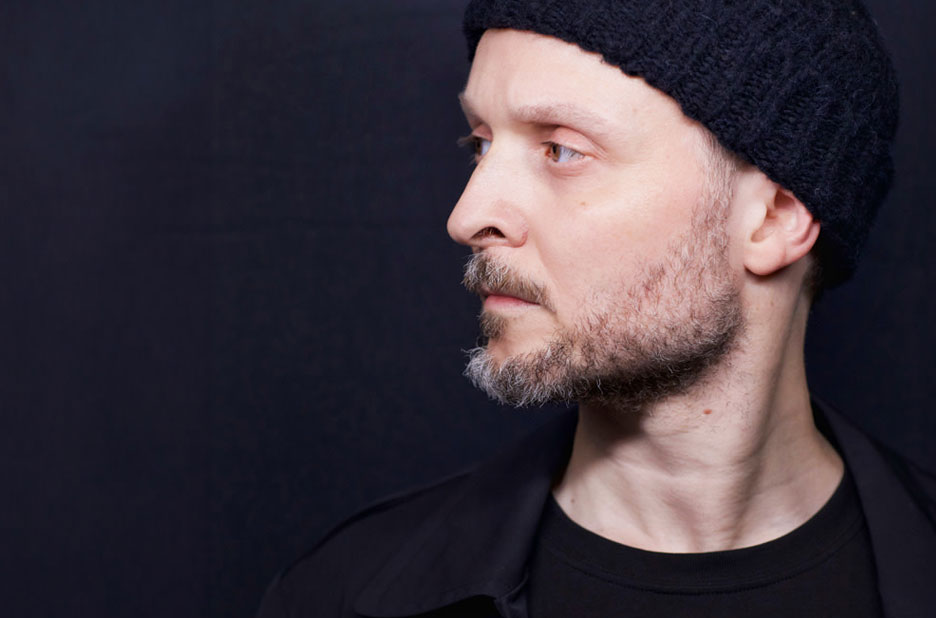Dance
Vlaemsch (chez moi)
Sadler’s Wells, London
3/5
Fragmented homage to Flanders
A creative blend of uneven fragments giving almost equal exposure to dance, music and words, Vlaemsch by Sidi Larbi Cherkaoui and his company Eastman is a gentle homage to Cherkaoui’s Flemish roots as well as to multiculturalism.
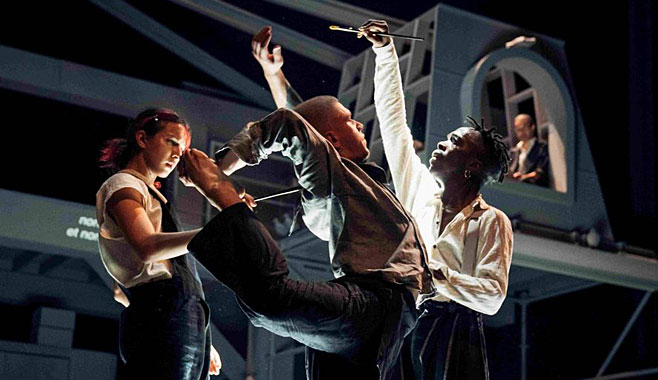
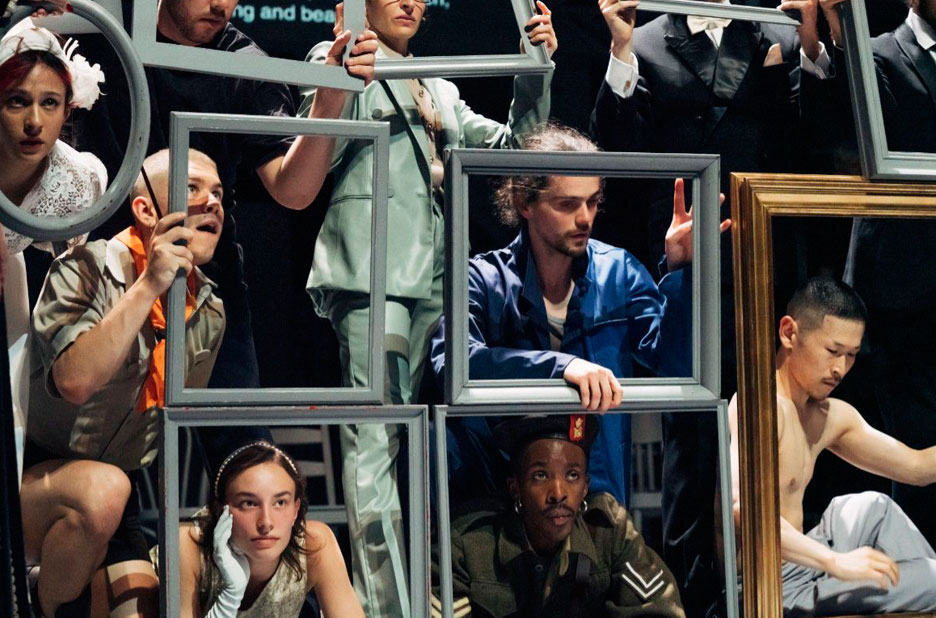
Different strands of performance were loosely coming together and pulling apart. The international ensemble of dancers used paint brushes and wooden picture frames to define themselves and others in a game of celebrating the mastery of Flemish art while embodying constant evolution and becoming. Frames also turned into hoops one must squeeze thorough regardless of one’s size, family portraits, and sometimes restrictive blinkers and categories. At one point brushes also became swashbuckling foils, but mostly for the joy of the choreography.
The excellent music ensemble Ratas del Viejo Mundo took us on a tour of Flemish music from Jacob Obrecht, via folk songs, to Jacques Brel, with contributions from Asian and African immigrants, lingering most persistently in the world of the Flemish polyphony of the Middle Ages and the Renaissance which beautifully set the scene for the fluid choreographical questioning of identity. The most evocative in Vlaemsch was just this juxtaposition of haunting and spiritual early music, firmly grounded in Catholicism, with the bodies exploring their boundaries in modern movement.
The piece is a tribute to Cherkaoui’s mother and includes what appear to be somewhat autobiographical snippets. The most poignant ones are perhaps a mail bride trying to get in the most comfortable position, and a couple whose melancholic solos display different but complementary elegance and fragilities. When the couple are quickly married, the dynamic changes immediately with the woman now tasked with carrying and moving all the props.
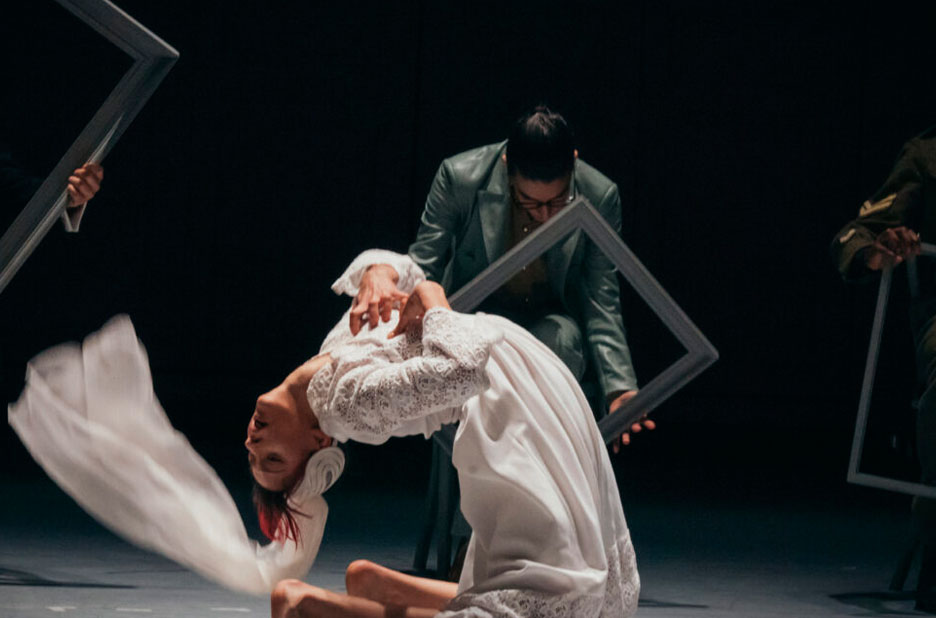
We found out that the Flemish suffer from an inferiority complex in relation to other nations. And Belgian colonial legacy inevitably lingered ominously in the background. But the easy switching between Flemish and French, and other languages left no doubt as to the multicultural essence of contemporary Flemish society, whether everyone wanted to hear it or not. I can see that for some viewers, probably essentially monolingual, influenced by Brexit and the current politico-cultural state of the UK, who believe multiculturalism was a fad, the message of this piece may seem passé. But I beg to differ. With all its faults, and there are many, it carries the torch of the belief in a healthy society joyfully celebrating its diversity. The combination of disparate rough-edged elements had the overall effect of suggesting our contemporary societal mix. What was particularly successful in this piece was the representation of relentless social development while keeping a strong sense of cultural roots.
Cherkaoui used gentle irony at times, such as with the presence of Christ who gets the versatile picture frames hung on his stretched arms, symbols of his victimisation as well as of the burdens of others he carries. It was a shame that humour and irony more often came from the spoken word than from the dance. Also the spoken parts and social commentary were too heavy and jarring at times, interrupting, and almost spoiling the flow, and perhaps lecturing a little. They were meant to be complementary and contrasting I’m sure, but were not particularly effective. The irruption of a character in drag commenting and criticising in American English felt overbearing and broke the spell of the dance. The ending was also surprisingly weak.
The music, expertly directed by Floris De Rycker, worked best together with the dance and outshone it at times. Sometimes the intensity of the music was not matched by the equivalent in dance or dramatic form, particularly in the second half. The structure of the piece was too loose and rambling, occasionally incoherent with puzzling random elements, but the overall purpose was always the celebration of the ‘melting pot’ and the constant evolution.
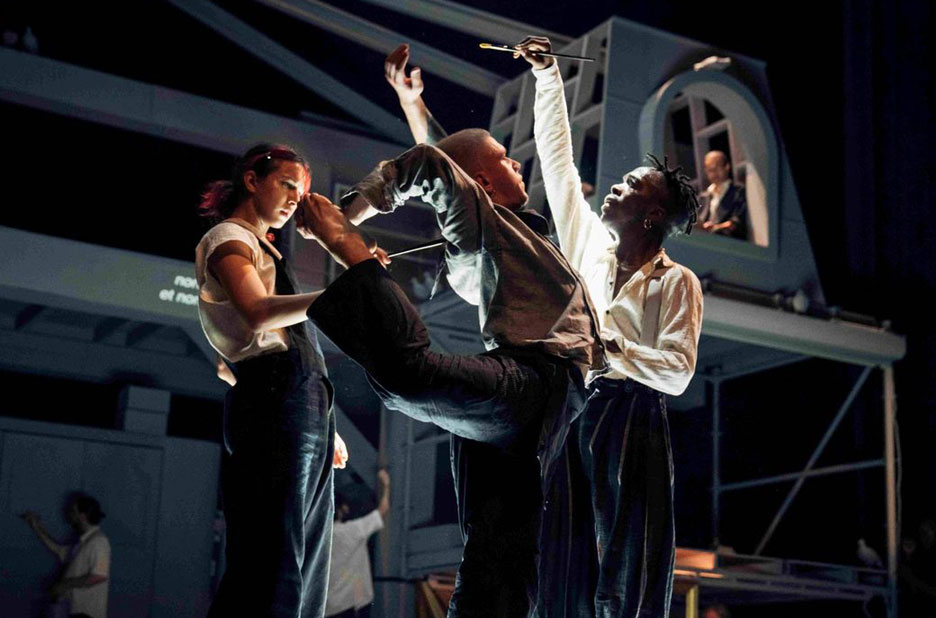
The dancers worked organically and their individual cultural backgrounds contributed to the complexity of the piece. Tister Ikomo had a marvellous little humorous vignette, constructing his self-portrait in mime for the frame. Pau Aran Gimeno stood out in his amazing fluidity among the already flowing ensemble. Maryna Kushchova (Ashotivna) as the bride and Nelson Parrish Earl as the groom enacted the emotional climax of the piece. The singers were perhaps even more impressive than the dancers at times, filling the hall with reflective clarity.
The stage was transformed into a cross-section of a light grey house that has been added to over the years, each extension of an uncertain age and style. The most extrovert addition was a quasi-gothic turret where the singers dwelled some of the time. The indeterminate nature of the house brought unease but translated the feeling of layers of history accidentally and purposefully preserved and modified over time, and a sense of a gradual tame development.
The unexpected treat was the Q&A at the end with Sidi Larbi Cherkaoui and some of his long-term collaborators. It was a pleasure as always to hear Cherkaoui talk about his work in his usual humble and enlightening manner. There is no doubt that he is a supremely talented choreographer and theatre director as well as a well-rounded and unassuming human being. Vlaemsch may not be among the best pieces from his prolific catalogue, but it features some hidden depths and joys worth witnessing. I just wish there was more dance and less commentary.
